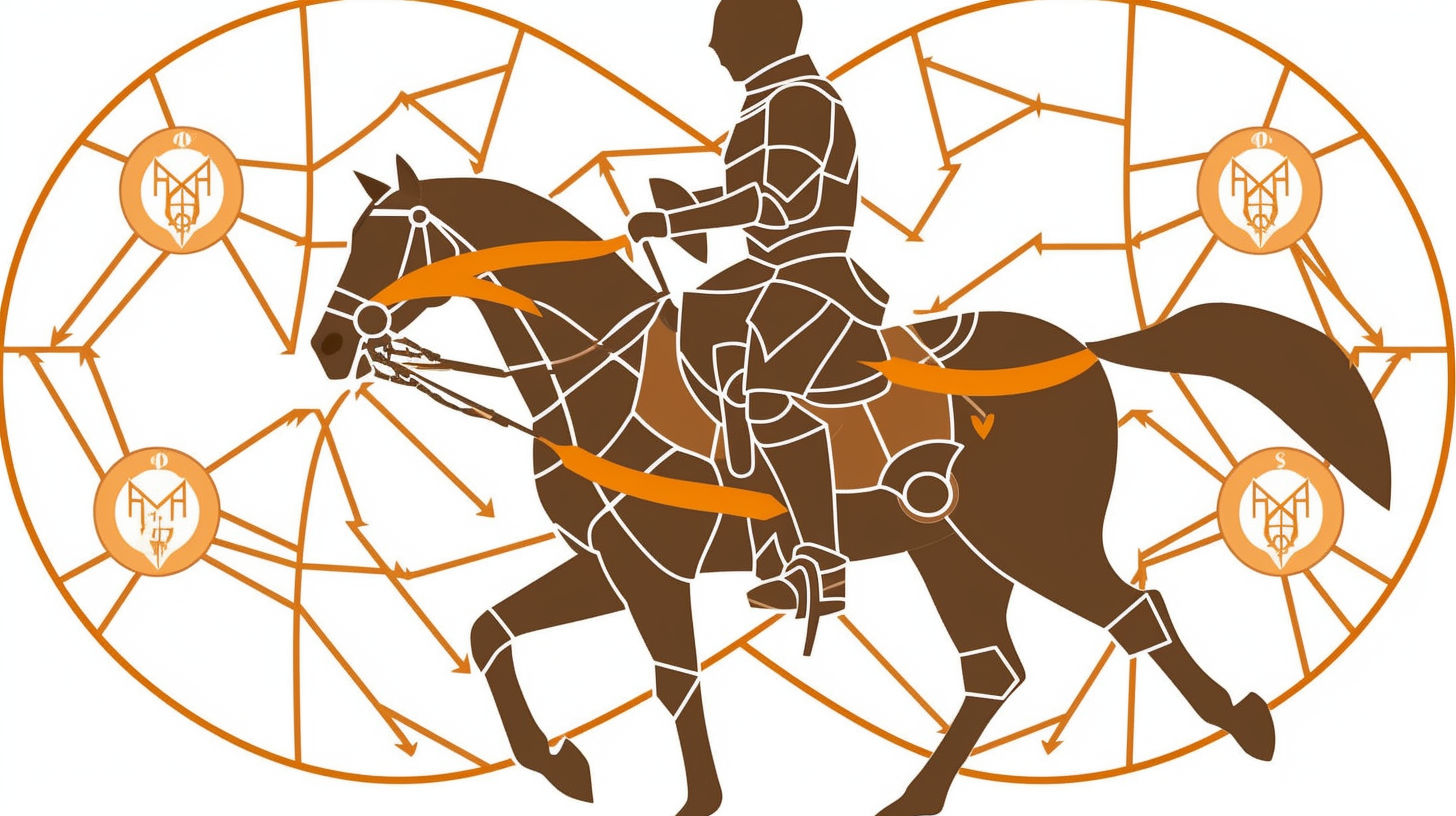Tangoing with the Trees: A Deep Dive into Spanning Tree Protocol Concepts

Ahoy, tech enthusiasts! Ever found yourself tangled in the labyrinth of networks, teetering on the edge, and wondering how to prevent those pesky loops? Well, look no further, my friend - the Spanning Tree Protocol (STP) is here to the rescue!
But hey, what really is STP, you wonder? Cloaked in the mystic aura of networking protocols, STP is a network protocol engineered to prevent loop formations in the network. It's like a dutiful traffic cop, diligently managing the data flow, steering it clear of any whirlpools that could threaten to bog it down. Gosh, isn't that a lifesaver?
Now, our faithful knight, STP, rides to the rescue upon his trusty steed, the Bridge Protocol Data Units. STP tosses around fancy terms like root bridge, root port, designated port, and non-designated port, then rolls up its sleeves and tackles those haunted loops. Ain't it quite a hoot?
Let's get academic for a moment...shall we?
Dr. Radia Perlman introduced the Spanning Tree Protocol to construct a loop-free topology for Ethernet networks. The magic lies in the protocol’s ability to identify and disable network links that could potentially cause a loop. Each switch in the network goes through a process of electing a root bridge by considering criteria such as bridge ID. The root bridge acts as the reference point in the network, and all the switches communicate with each other through the shortest path to the root bridge.
Port roles, including root port, designated port, and non-designed port, are then defined, creating a tree structure that spans all the switches in the network. Thus, STP allows frames to be delivered to each device in the network without the worry of loops. So, the science behind STP isn't just about counting sheep, it's about shepherding them too!
Rolling with numbers: A statistical perspective
Numbers, my dear friends, can be quite the charmers. In the world of networking, Spanning Tree Protocol, though a mature protocol, still stands tall and robust. Let's not forget that more than 90% of medium to large-scale networks, especially those running Ethernet, rely on STP to prevent network loops. Hang on a second, did you hear that? 90% - that's darn huge!
In fact, a study published by the IDC (International Data Corporation) reveals that the use of STP increases the network's mean time between failures (MTBF) by a whopping 65%. And, drumroll please, it decreased the mean time to repair (MTTR) network issues by an impressive 70%. Holy moly! It's no wonder then that students preparing for their CCNA 200-301 exams have no escape from the clutches of STP. But hey, with such numbers, who's complaining, right?
Well, that's it for now, folks! With every twist and turn in the dynamic lanes of networking technologies, the Spanning Tree Protocol remains the archetypal pathfinder. Remember, tech aficionados, it's not just about learning the ropes; it's about swinging from them fearlessly. As you dive into the depths of CCNA 200-301, may STP be the trusty compass guiding you through your journey. Show those network loops who's boss! Till next time, happy learning!